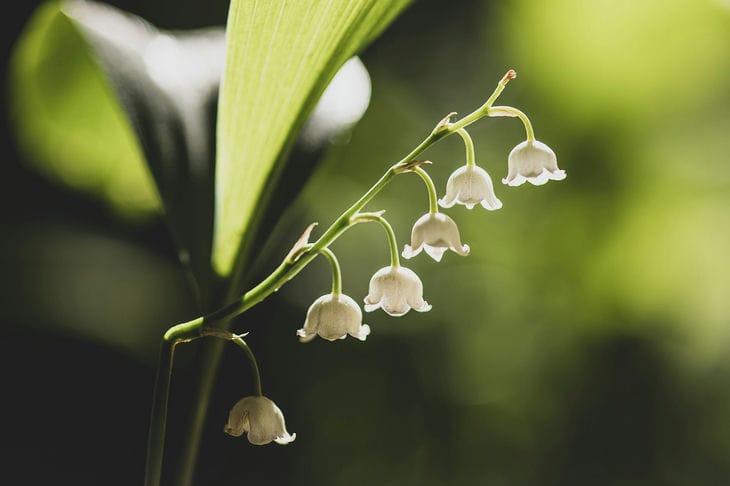There are very cultured garden flowers and greenery that are capable of exterminating all neighbors around and taking over the territory.
These aggressive, predatory creatures can very well help a gardener in exterminating weeds. The main thing is to skillfully restrain their growth and direct them exclusively to the fight against weeds.
Hosta
The crop is not capable of growing into a huge plantation and taking over the territory, as its biological characteristics do not allow it. But several densely planted hosta bushes will easily strangle the weeds, preventing them from reaching the light, says Anastasia Kovrizhnykh .

In dark, damp places with weeds, it is recommended to grow hostas with a uniform pale green color.
To get rid of weeds in a sunny place, it is best to use varieties with bright shades of green mass.
Lilies of the valley
Plants that look delicate actually have hidden aggressive potential. A solitary lily of the valley that has settled in a flowerbed will displace all nearby crops within a season, absorbing nutrients from the soil.
Therefore, lily of the valley can be planted in damp places where there are weeds, with constant shade or partial shade.
However, it is worth remembering that the plant is dangerous. It is poisonous from the flowers to the rhizome itself and can cause harm to both children and animals.
Dicentra
Small bushes of this wonderful flower, which is often used to decorate borders, have an impressively powerful root system, developing at an enviable speed. And dicentra has dense leaves, which does not give weeds any chance to grow between the bushes.
The plant can only be planted in drained and fertile soil.
The culture is not picky about the sun, so it can grow both in partial shade and in open space, with the only difference being that in the first option it will bloom a little later.
Mint
A healthy plant, a natural insecticide, unpretentious and growing wildly throughout the garden.
If you don't control mint, a single bush will turn into a plantation in a couple of seasons. Fertile soil and a place in the bright sun are especially conducive to this.
Mint can be successfully grown in the trunk circles of fruit trees, so as not to bother yourself with weeding or damaging the superficial root system with a tool.
Mint is a well-known invader. It absorbs all existing weeds, including birch, couch grass and sow thistle.
Geranium magnifica
A perennial flowering plant, a hybrid resistant to frost, disease, drought and moisture. The culture has beautiful and delicate small purple flowers, green mass that changes color closer to autumn.
This type of garden geranium will perfectly decorate flower beds and places with drained soil located in the sun, especially if you need to get rid of weeds there.
However, the gardener will have to control the geranium by regularly thinning it out, as it grows at lightning speed.
Common ostrich fern
A perennial fern that can grow up to one and a half meters in height. The plant prefers shade and moist soil. Therefore, it can be an ideal candidate for sowing in a distant shady corner of the garden to improve it and destroy weeds.
However, when planting a fern, you need to remember that it actively reproduces by spores. The plant is a real invader and the gardener must constantly monitor the young shoots, pulling them out along with the roots.
Clearing a certain area of weeds or getting flower beds that don't need to be weeded is the dream of many gardeners. It can be realized by using the plants with an invasive nature described above.
Previously, it was reported about how to choose a rake for a summer cottage.









